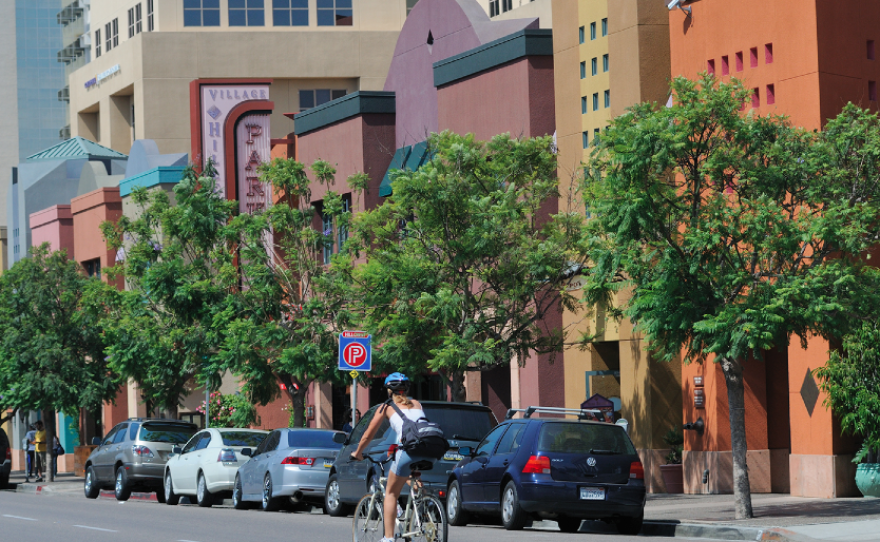A plan to make San Diego's roadways safer for pedestrians and bicyclists over the next 10 years received unanimous support Wednesday from the City Council's Infrastructure Committee.
The "Vision Zero" plan, unveiled in June by the nonprofit Circulate San Diego, aims to eliminate traffic deaths in the city by 2025 by improving crosswalks, raising medians, creating buffers between vehicle and bicycle lanes, and improving sidewalks.
"We would like to see the city establish a task force that will work to enact Vision Zero in the next 10 years," Kathleen Ferrier of Circulate San Diego told the committee members.
"This is not something that we can do overnight, but we'd like to keep the goal for 10 years," Ferrier said. "This is not a Vision Two or a Vision Three plan, this is Vision Zero, and I think those families who have lost a loved one or seen someone injured would agree with zero being the appropriate number."
The group says one person is killed or seriously injured nearly every day while walking, bicycling or driving on San Diego's streets.
The Vision Zero plan focuses on eight corridors that the nonprofit contends are the most dangerous in San Diego. They include:
— Fifth Avenue, between downtown and Hillcrest
— Broadway, between downtown and South Park
— El Cajon Boulevard, between University Heights and East San Diego
— Euclid Avenue, between City Heights and Lincoln Park
— Garnet Avenue, in Pacific Beach
— Imperial Avenue, between the East Village and Encanto
— Market Street, between downtown and Encanto
— University Avenue, between Hillcrest and Rolando.
Ferrier said those corridors connect neighborhoods and are poised for population growth.
While the rate of vehicle deaths has fallen in the last 10 years, pedestrian fatalities have increased, according to Circulate San Diego.
Residents of low-income areas have a 10 times greater risk of being struck by a car while walking than people in other parts of San Diego, according to the group.
The plan also includes an education element that would focus on teaching bicyclists how to stay safe and encourage pedestrians to maintain awareness of their surroundings, rather than texting or listening to earphones.
The council committee approved a resolution to adopt the goal of zero bicyclist or pedestrian deaths by 2025 and have city staff attend meetings of Circulate San Diego's Vision Zero Advisory Committee to develop a traffic safety plan. The resolution still needs final approval by the full City Council.
A similar resolution was approved by the San Diego Unified School District Board of Education on Tuesday night.







